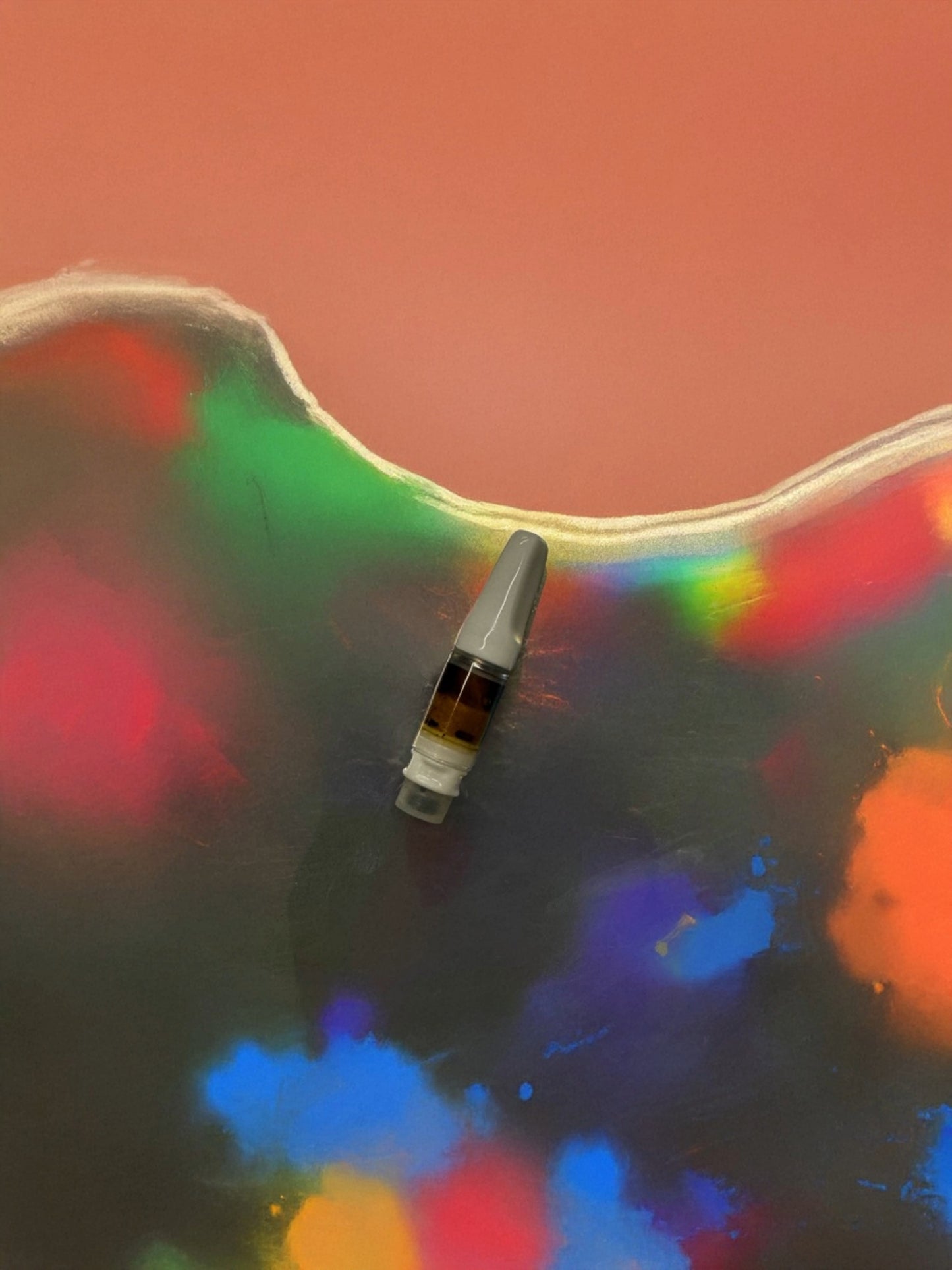
Healing Herbals
Regular Strength Kanna Vape Screw on
Regular Strength Kanna Vape Screw on
Couldn't load pickup availability
Kanna Vape Screw 0.5ml- Regular Strength Kanna
0.5ml Screw on vape 10% active alkaloid extract from premium Sceletium tortuosum, is mannitol-free with potent effects.
Available in Lavender Mango or Strawberry flavors and a 0.5ml option, this high-strength vape delivers fast-acting relaxation, mood uplift, and euphoria:
-
1–3 hits for a light boost
-
3–6 for strong euphoria
- 6–9 for a profound experience
Made with Kanna extract, vegetable glycerin, propylene glycol, and essence, it’s ideal for stress relief and convenient use.
Important Notes: Consult a physician before use. Disclaimer: Not FDA-evaluated; not intended to diagnose, treat, cure, or prevent disease.
Share

I bought this because I was gifted a Kanna vape after a big order but this one is no where near the strength.. Even if I hit it a bunch I never really feel it
It has a calming effect, good for anxiety probably. I myself prefer the euphoria and the rush that the triple strength sativa spray provides. I wouldn't buy it again but it's an ok product if you want anxiety relief and nothing else I think.
The vape I got wasn't fully filled and even though it's a regular strength model, I never really felt like it was having much of an effect upon delivery. However, I wasn't completely dissatisfied. I'd recommend this to someone who's new to Kanna or for someone who has already primed.
I have been looking for real kanna for a really long time. Like 5 years long. I found some super potent on eBay and it was from a private grower and it was not a reliable source. I found these guys through the kanna reddit and as soon as I felt that nausea feeling I knew immediately it was going to actually work. I just stopped taking an antidepressant 2 weeks ago today and the withdrawals are extremely uncomfortable. It will be nice to have a night off from the withdrawals and feel normal again. Hell I think I might actually be getting a decent buzz from this . Thanks guys for the real kanna. It’s extremely hard to find even from reputable vendors.

Here at Healing Herbals Store
We carefully select suppliers who share our commitment to environmental stewardship and minimize waste through eco-conscious or reused packaging whenever possible. We prioritize supporting fair labor practices and are currently investing in regenerative farming methods, so every product reflects our dedication to both quality and the health of our planet. Shop now!

